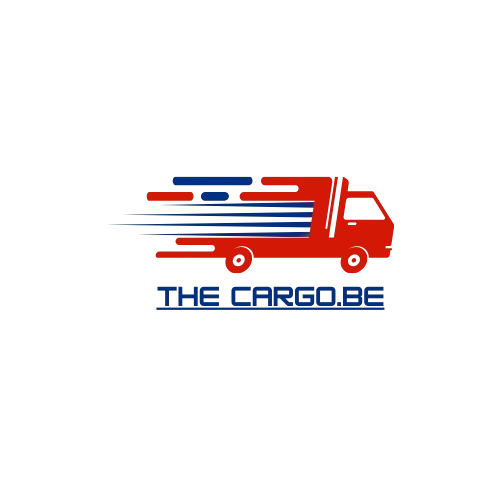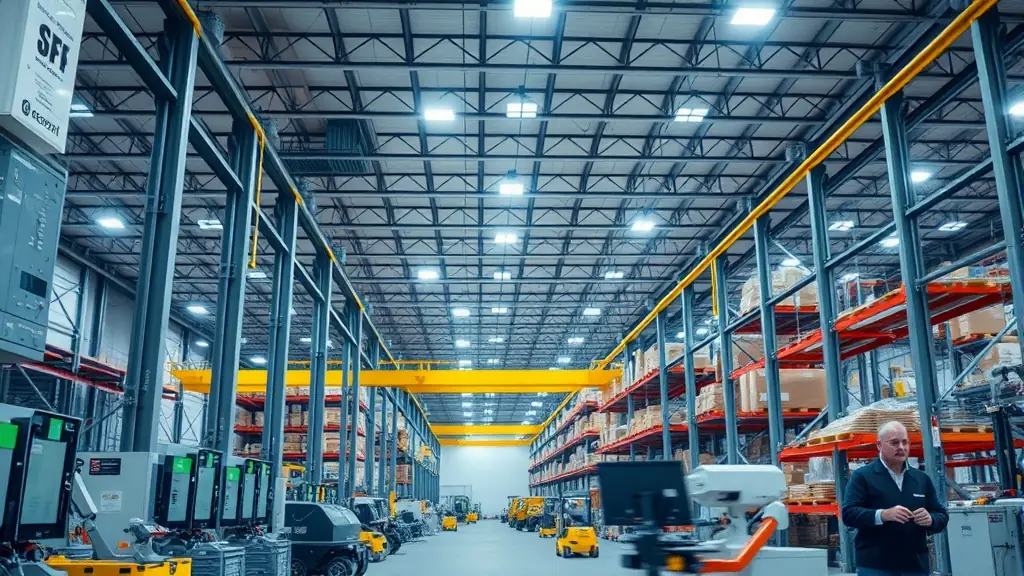In the fast-paced world of logistics, having the right equipment can make all the difference. From advanced warehouse management systems to automated guided vehicles, the tools available today are designed to streamline operations and improve productivity. Investing in modern equipment not only enhances efficiency but also reduces the risk of errors and delays in the supply chain. As logistics demands continue to grow, so does the need for businesses to equip themselves with the latest technology.
Moreover, the integration of IoT (Internet of Things) devices in logistics equipment allows for better monitoring and management of assets. These devices provide real-time data on inventory levels, equipment performance, and shipment status, enabling companies to make informed decisions. Additionally, the use of robotics in warehousing and distribution centers is revolutionizing the way goods are handled, leading to faster processing times and reduced labor costs. The evolution of logistics equipment is a key factor in meeting the challenges of modern supply chains.
However, selecting the right equipment requires careful consideration of various factors, including cost, compatibility, and scalability. Companies must assess their specific needs and future growth plans to ensure they invest in equipment that will serve them well in the long run. Furthermore, ongoing maintenance and training are essential to maximize the benefits of new equipment. By prioritizing the right tools, logistics companies can position themselves for success in an increasingly competitive landscape.

